8 /10 1 Votes
7.6/10 TV Written by Stuart Samuels Narrated by Pat Prescott Camera setup multi-camera | 8.6/10 IMDb Created by Stuart S. Shapiro Directed by Stuart S. Shapiro Country of origin United States First episode date 30 December 1988 Program creator Stuart S. Shapiro Executive producer Stuart S. Shapiro | |||||||||||||||||||||||||||||||||
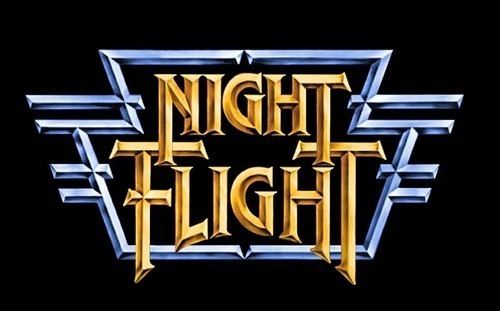 | ||||||||||||||||||||||||||||||||||
Similar New Wave Theatre, USA Saturday Nightmares, Radio 1990, Commander USA's Groovie, USA Up All Night | ||||||||||||||||||||||||||||||||||
Night flight intro 1985
Night Flight is an online visual-arts magazine and variety television show that originated on cable TV network USA Network. It originally aired from 1981 to 1988 before moving to syndication in the early 1990s. The show relaunched online on nightflight.com in 2015 with original episodes that can be streamed on the subscription channel Night Flight Plus. It includes a mix of mainstream and alternative music videos, artist interviews, B movies, documentaries, short films, stand up comedy, cartoons, and more.
Contents
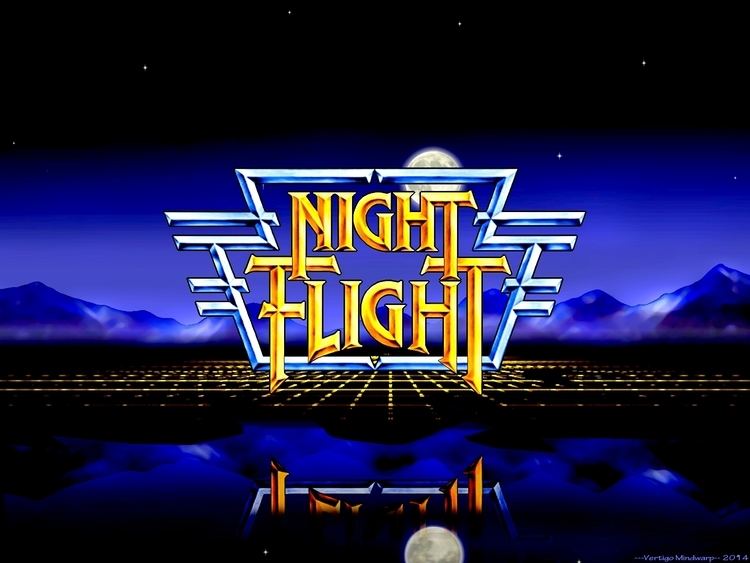
Night flight bumpers 1980s
History
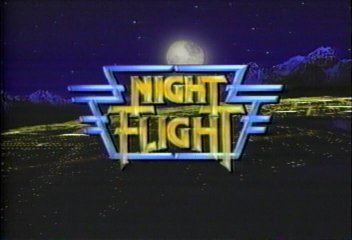
Jeff Franklin (head of American Talent International) and Stuart S. Shapiro (head of International Harmony) approached USA Network about developing Night Flight in February 1981. The network was struggling to define itself and to identify and expand a target audience. USA Network and its young cable rivals had few original shows, and a typical broadcast day lasted 16 hours or less. The channels filled time mostly with syndicated programs repeated throughout the day; many of these programs were decades old, and there was a need for inexpensive but unique content that would attract a wider audience and increase advertising revenues.
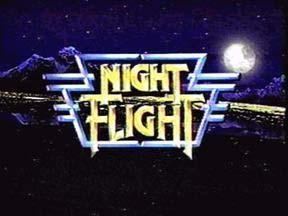
A new series that defied conventional formats and easy categorization was an acceptable risk to USA, and it aired the first episode of Night Flight on June 5, 1981. The timing was a deliberate move to exploit the Hollywood writers' strike, which had halted production NBC's highly popular program Saturday Night Live.
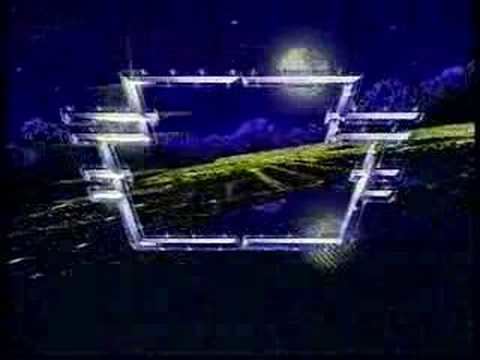
Episodes originally lasted four hours each, and aired in the late-night programming block after 11:00 PM Eastern Time on Friday and Saturday nights. The final original broadcast of Night Flight aired December 30, 1988; it was replaced with the programs Camp Midnite and USA Up All Night starring Gilbert Gottfried, starting the following week.
In 1990, Night Flight was revived in syndication. New episodes were produced for three seasons until 1992, when the program reverted to selected reruns of episodes from the USA Network years hosted by Tom Juarez. These “best of” shows were aired as late as 1996.
In 2015, the series found a new life on NightFlight.com. In addition to the original series, it features new short and feature films, as well as curated YouTube and Vimeo clips. A subscription service called Night Flight Plus launched in March 2016 which allows viewers to pay a monthly or annual fee for access to full segments of the show, and other content that reflects the spirit of the original series.
Format
Night Flight was one of the first sources in American television to see full-length and short films not generally aired on network television, or even pay-cable TV channels such as HBO. It was the first place that many Americans were able to see music documentaries such as Another State of Mind, The Grateful Dead Movie, Word, Sound and Power and Yessongs. Night Flight was also one of the first American television shows to present the music video as a serious visual art form rather than a mere promotional tool for musicians. Late-night broadcasts also afforded cable television the freedom to air portions of videos that MTV and other outlets had either censored or banned.
There was no on-camera host in the original series. Pat Prescott introduced segments with a voiceover just before they began. Recurring segments included:
Bela Lugosi's Monogram films were recurring features. Other segments included condensed parodies of low-quality, out-of-copyright black-and-white-era movies and serials, as well as letters from viewers.
The show also aired movies that were cult favorites, including:
Show Development
Night Flight's Director of Programming, Stuart Samuels, was a former professor of History at the University of Pennsylvania who also taught seminars at the annual Cannes Film Festival. He also authored a book on cult films, Midnight Movies.
In an interview in issue #77 of Boston Rock, Samuels said the concept of airing films centered around a single theme was intended to have the effect that "the videos were saying something to each other and were letting the audience make conclusions from them." Samuels also said the show was never trying to compete with MTV; he felt the content of Night Flight was "...a little more selective... intelligent and... stimulating."
Samuels said Night Flight was the first show to place director's names on the videos, interview the bands, create band profiles, air uncensored videos, and to air longform 12" remix videos. He said they were also the first music video show to employ political themes, such as apartheid. The intent, he said, was not to be "...heavy-handed, but do 'here's-something-that's-in-the-news' shows".
The eventual backlash against the repetition of rock videos inspired Night Flight to program even more animation, cult and camp films in the mid-1980s. The show was thus instrumental in the distribution of cult, midnight movie and campy films.
Reception
TV Guide called Night Flight the "Best Pop Music Magazine show on cable". USA Today would later echo that sentiment, declaring it "the most creative use of music and video on television today".
